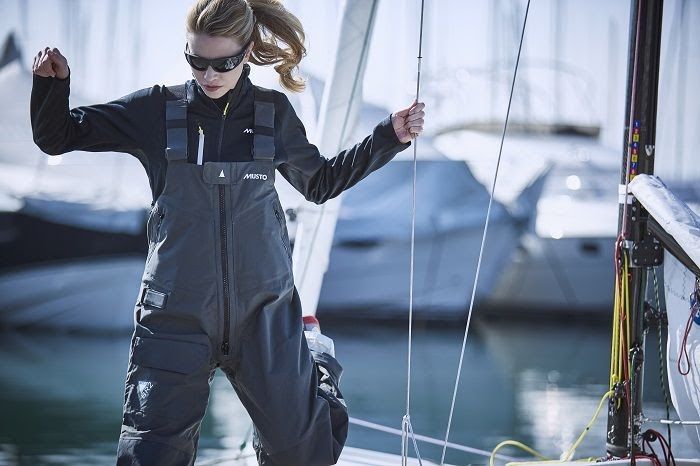Your sailing clothing must meet very specific requirements while on board. The materials are put to the test by salt, sun, and humidity, which necessitate a high level of resilience. This emphasizes the importance of professional practical attire.
Whether it’s a jacket, a pair of trousers, or a pair of shoes, the correct sailing gear is waterproof, breathable, and durable, and it protects you from the elements in all weather. You can face the blasts of wind and rain showers with the right sailing clothing. Sailing apparel is an important component of your sailing gear. Check out https://www.vaikobi.com/ now.

What are the best types of sailing clothing?
- Waterproofness: Choosing a material that is as waterproof as possible is perhaps the most crucial factor to consider when purchasing sailing clothing.
- Comfort and wearability: A creative combination of sailing apparel and little accessories greatly improves comfort. The weight of the gear worn under sail is equally important: the lighter the sailing clothing, the more maneuverable you will be.
- Breathability: Sailing clothes should provide good insulation and keep you warm. This is particularly true of the sailing jacket. On the other side, the jacket’s breathability is also vital. This is the only method to avoid a humid environment growing beneath your waterproof sailing jacket, which would allow your body to cool down.
- Sailing outfits made of superior fabrics. Oilskin is the traditional name for mariners’ weather protection apparel, as the sailors’ clothing was originally impregnated with an oil to make it waterproof.
Sailing apparel has a variety of base materials, each with its own set of qualities. Wool and cotton clothing are not breathable. Wet cotton is hefty and takes a long time to dry. Wool, on the other hand, is believed to be more comfortable to wear, as it is pleasant, soft, and skin-friendly.
- Rayon is a flexible textile that mimics the feel and texture of natural fibers such as silk, wool, cotton, and linen. Rayon textiles are silky, smooth, cool, pleasant, breathable, and incredibly absorbent, but they do not retain body heat, making them ideal for use in hot and humid climates. As a result of all of this, rayon is the best heat-resistant fabric available, as well as a fabric that keeps you cool.
- Microfibres made of high-tech textiles like GoreTex, Neoprene, Softshell, or Fleece ensure moisture transmission that begins at the skin’s surface. They have great moisture management properties because they effectively convey moisture while absorbing relatively little. Sailing apparel constructed of these textiles is also UV resistant.
The benefits of both fibers are integrated into blended fabrics made of synthetic fibers and merino wool. Individual zones are processed with different fibers, or the complete garment is composed of the material combination. Synthetic fibers are used to cover moisture-releasing body areas, while fabrics with a higher wool content are used to cover cold-sensitive body sections.

